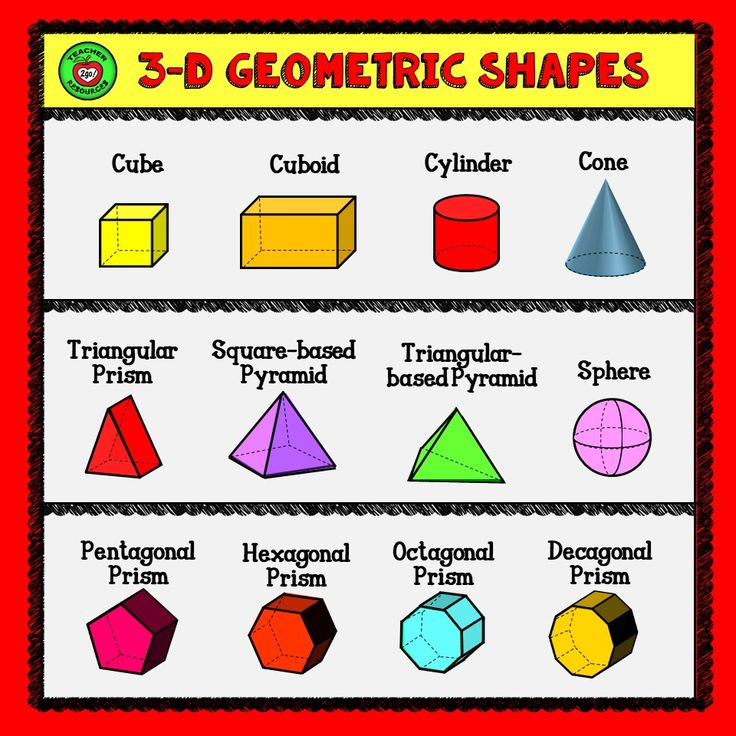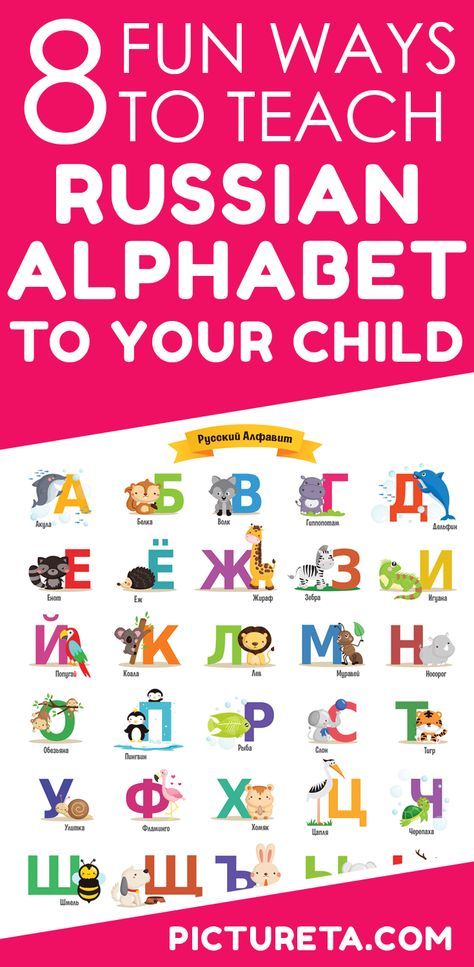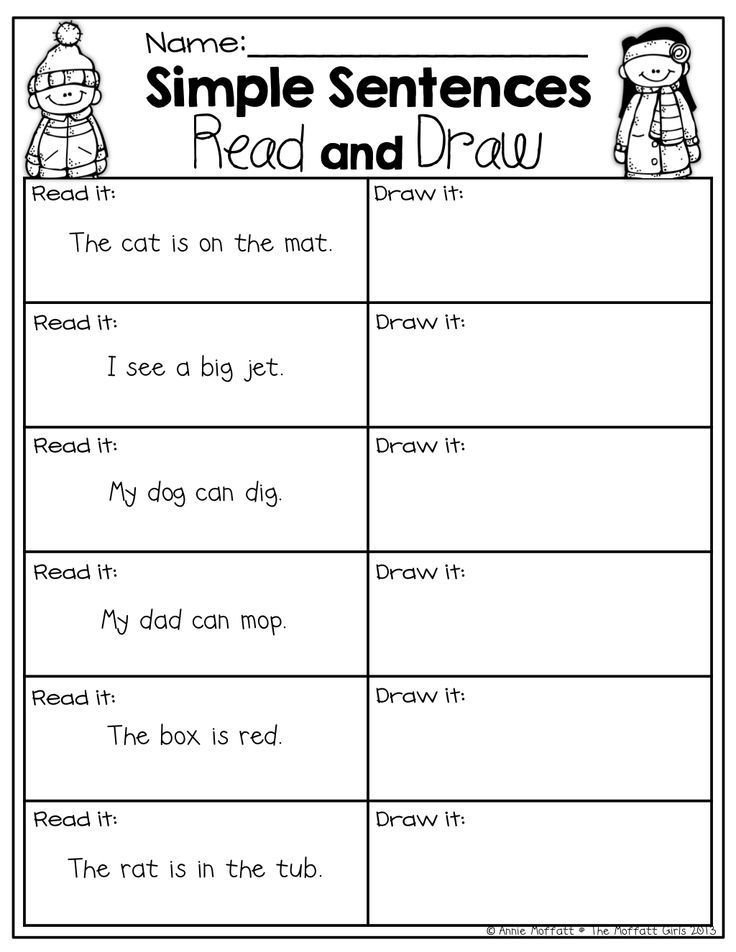Learn and growth
Learning and Growth Perspective Template – Human Resources Software Online Tools
Learn More
Get this tool & 100’s more with the Pro Template Bundle
Learning and Growth Perspective Template
Learning and Growth Perspective Interactive App
Learn More
Get this tool & 100’s more with the Pro Template Bundle
The Learning and Growth Perspective is a part of the balanced scorecard that refers to intangible assets (e.g., employee skills and abilities) that are required to maintain internal processes in the organization. More broadly, it consists of the companies’ jobs, systems and climate, all three of which are needed to maintain survival. Sometimes improvements made in the learning and growth domain hinder short-term results in service of facilitating long-term progress.
Description of Learning and Growth Perspective
The main function of the Learning and Growth Perspective is to understand how intangible assets drive the major sources of value in the company, consisting of:
- Human capital: The human knowledge, skills, abilities and other characteristics needed to carry out the business strategy. It is important that the best people are placed in positions that are critical for strategy execution. This means there should be no skills gap in these jobs. To accomplish this goal, training, valid selection procedures and effective succession planning might be necessary actions.
- Information capital: This refers to the information systems, networks and infrastructure needed to carry out the strategy. It is important to have the proper alignment between IT and the technology needed for the strategy.
- Organizational capital: An organization-wide ability to manage change to deliver the strategy effectively.
 Senior leaders should regularly examine company culture and climate to ensure it is aligned with what is needed for strategy execution. If not, it is important to ensure that employee actions become aligned with the mission, values, vision and strategy of the company, which might require a shift in what behaviors are rewarded and supported (i.e., climate). Additionally, it might be necessary to change the type of candidates who are recruited and selected and engage in company-wide training.
Senior leaders should regularly examine company culture and climate to ensure it is aligned with what is needed for strategy execution. If not, it is important to ensure that employee actions become aligned with the mission, values, vision and strategy of the company, which might require a shift in what behaviors are rewarded and supported (i.e., climate). Additionally, it might be necessary to change the type of candidates who are recruited and selected and engage in company-wide training.
Praxie's Online Learning & Growth Perspective Tools & Templates
The tools managers can use to guide their employees through the steps for using a Learning and Growth Perspective Scorecard are typically presentations, spreadsheets, and other strategic documents. Get started with our Learning and Growth Perspective template.
How to use it:
- For each dimension in the template, list what’s needed to ensure successful implementation of your business strategy.

- Under Human Capital, list the human knowledge, skills, abilities, and other needed characteristics.
- Under Information Capital, list the needed information systems, networks, and infrastructure.
- Under Organizational Capital, list the actions needed for the organizational climate to ensure alignment with the business strategy.
- Create an action plan for developing and validating your list of priorities with your team and organization.
Unlike most traditional Learning and Growth Perspective processes, Praxie’s online Learning and Growth Perspective tools allow any team or organization to instantly begin working with our web templates and input forms. Our digital platform goes far beyond other software tools by including progress dashboards, data integration from existing documents or other SaaS software, elegant intuitive designs, and full access on any desktop or mobile device.
Learn More
Get this tool & 100’s more with the Pro Template Bundle
Human Resources Best Practices Library includes::
Career Planning, Competency Based Interviewing, Critical Incidents, Geert Hofstede's 6 Dimensions of Culture, Growth Mindset, Herzberg’s Two-Factor Theory, Job Analysis, Job Description, Learning and Growth Perspective, Mentoring Action Planning, Performance Management, RACI, Resource Breakdown Structure and Skills Requirement Checklist.
Why a Growth Mindset is Essential for Learning
Have you ever heard anyone say “I can’t draw,” or “I’m not good at sports,” or “I could never do that?”
I used to think I’d never be able to draw. The way I understood the world was that there were artists, and then there were other people.
I was one of those other people. I had my own areas of creativity, but drawing wasn’t one of them. And yet somehow I stumbled into architecture and design school at the age of 21, trying to learn how to draw.
“Genius (or talent) is not enough; we need to get the job done.” — Carol Dweck
Even my graduate school teacher stood behind my desk and shook her head and told me that I wasn’t talented. (In retrospect, that wasn’t a very good example of teaching.) For years, I carried around a belief about my skill meant, in my mind, I’d never be able to do it.
Unfortunately, this is a mindset, and it’s one that we are all taught — but it’s incorrect. We can all learn, and part of this learning is about adopting a new mindset about how we learn at all.
We can all learn, and part of this learning is about adopting a new mindset about how we learn at all.
How identifying and adapting your own mindset can help you learn
Interestingly, as children we’ll spend hours and hours learning how to do new things — from learning how to speak, crawl, walk, and go to the bathroom — but as adults, we think that our ability to learn is no longer part of our repertoire.
According to researcher Carol Dweck, the attitude and belief that you can’t learn something is part of a mindset, and it’s something that we can change. When it comes to our mindset, people fall into one of two predictable patterns: they learn to adopt either a growth mindset or a fixed mindset. The good news? These basic beliefs are learned, and we can changed them.
A lot of people seem to carry around fixed beliefs about what they can and cannot do.
Growth mindsets vs fixed mindsets
In a fixed mindset, you come to believe that your skills, traits, and talents are fixed. What you know is unchanging, and therefore, you can’t possibly learn anything new. While this seems extreme at first, you can hear it crop up in conversations when people say things like “I’m a terrible singer,” or “I can’t dance,” or “I’m not a good athlete.” All of these are an example of a fixed mindset.
What you know is unchanging, and therefore, you can’t possibly learn anything new. While this seems extreme at first, you can hear it crop up in conversations when people say things like “I’m a terrible singer,” or “I can’t dance,” or “I’m not a good athlete.” All of these are an example of a fixed mindset.
The misfortune here is that people haven’t taken the time to practice — to work through and puzzle over something until they have acquired a new skill. And thus, they dismiss their ability and say that they simply “can’t” do something.
A growth mindset, however, believes that challenges and learning are opportunities, and that failure is an opportunity for growth. Rather than seeking out evidence that proves we’re not smart, people with a growth mindset focus on process and progress, searching out opportunities to stretch their existing abilities.
This belief that intelligence and personality can be developed has profound consequences on our behavior as adults. “Believing that your qualities are carved in stone (the fixed mindset) creates an urgency to prove yourself over and over. ” People will avoid difficult situations, refuse to challenge themselves, and effectively evaluate every situation to see if it will make them look smart or dumb, whether they will success or fail.
” People will avoid difficult situations, refuse to challenge themselves, and effectively evaluate every situation to see if it will make them look smart or dumb, whether they will success or fail.
In contrast, the growth mindset believes that “the hand you’re dealt is just the starting point for development,” and “that your basic qualities are things you can cultivate through your efforts.” The growth mindset embodies a passion for learning (rather than a hunger for approval).
The growth mindset embodies a passion for learning rather than a hunger for approval.
Why prizing natural ability is bad for learning
When we prize “natural ability” or “talent” over learned ability, describes Dweck, we undermine the process of learning. When we expect ourselves to “just know it” and to be perfect from the first time we start anything, we end up creating a framework that scares us from trying anything new:
‘Mindsets frame the running account that’s taking place in people’s heads. They guide the whole interpretation process. The fixed mindset creates an internal monologue that is focused on judging: ‘This means I’m a loser.’ ‘This means I’m a better person than they are’ ‘This means I’m a bad husband.’ ‘This means my partner is selfish.’”
They guide the whole interpretation process. The fixed mindset creates an internal monologue that is focused on judging: ‘This means I’m a loser.’ ‘This means I’m a better person than they are’ ‘This means I’m a bad husband.’ ‘This means my partner is selfish.’”
The reality, however, is that learning is a constant experience of expansion, difficulty, repetition, and mastery. When an toddler first learns to walk, we don’t yell at them for being incompetent with their first 100 or 1,000 tries. They fall down, they get back up. Nothing stops them for very long from eventually wobbling about on two legs.
Yet as we get older, we start to expect ourselves to naturally know how to do something. As a culture, we prize natural endowment over earned ability.
“As much as our culture talks about individual effort and self improvement, deep down, we revere the naturals.”
How many opportunities for learning are we losing if we place our admiration on youth and natural ability?
Growth mindsets prioritize learning:
People with a growth mindset learn that:
- Trying and failing is part of the process
- Learning requires stumbling, correcting, and growing
- You don’t have to know everything in advance
- Practice and skill-building are more important than embedded talent
- You’re always a beginner
- Life is about life-long learning
Three ways a growth mindset shows up in learning:
Once you know the difference between a growth mindset and a fixed mindset, you can start to notice how it shows up in your everyday habits and in your learning.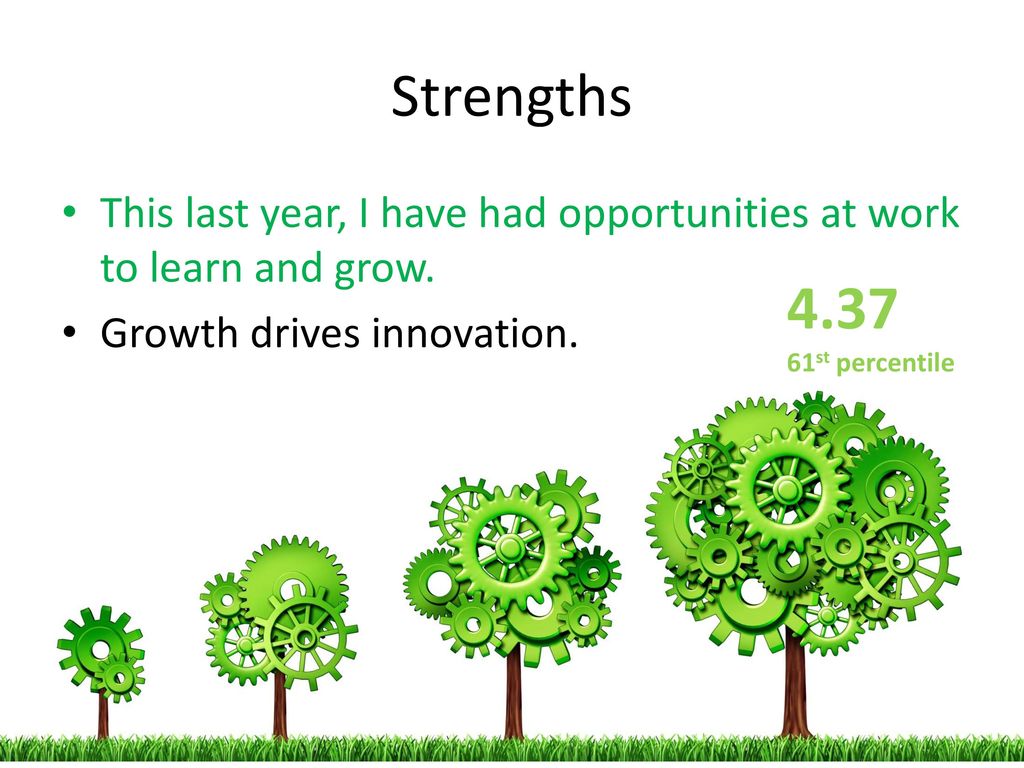 Here are three ways that a growth mindset stands out:
Here are three ways that a growth mindset stands out:
#1: “Those with a growth mindset found success in doing their best, in learning, and improving.”
People with a growth mindset derive just as much happiness from the process as the results. They look for challenges and opportunities to engage with material, rather than deriving all of their satisfaction from mastery. Rather than focus exclusively on the outcome or the goal, they focus equally on the process.
Rather than desiring a finished book, written and perfected, they are motivated by the process of showing up every day to write and edit. Master athletic champions will continue to find ways to improve their personal best rather than sitting on the bench and buffing their nails.
#2: “Those with a growth mindset found setbacks motivating. They’re informative. They’re a wake-up call.”
“In the fixed mindset, setbacks label you,” explains Dweck. “You’re terrified of losing and performing badly, because to you, you are your performance.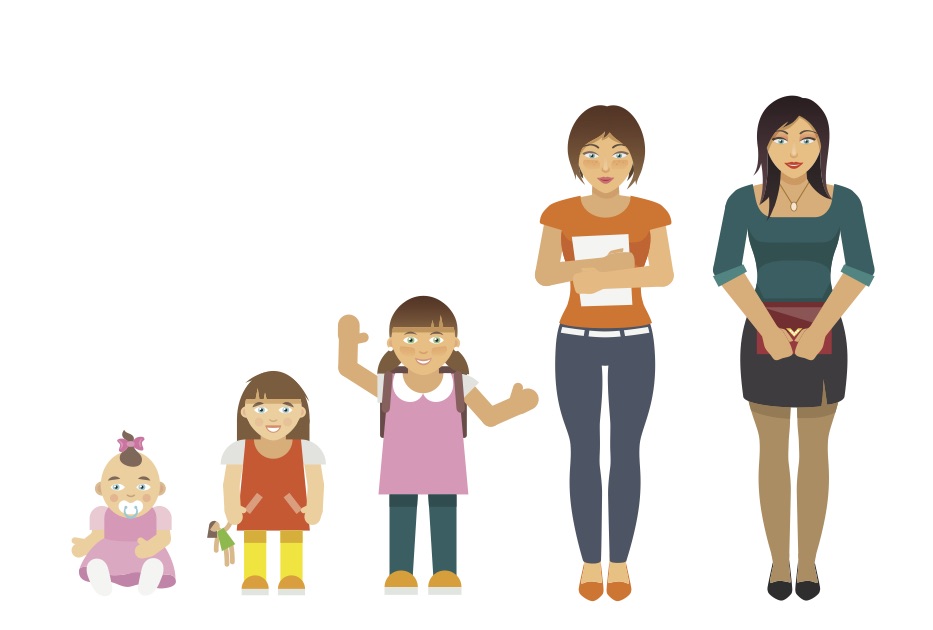 When you perform badly, you’re devastated, because you, by association, are now no longer valuable or special.”
When you perform badly, you’re devastated, because you, by association, are now no longer valuable or special.”
Whereas a fixed mindset affixes their identity to the outcome, a growth mindset knows that their performance is not the only indicator of who they are. “Wow, that performance wasn’t as good,” the growth mindset might say. “I wonder what I could do differently to get a different outcome? How can I change and grow here to improve my game?”
#3 “People with the growth mindset in sports (as in pre-med chemistry) took charge of the processes that bring success — and that maintain it.
When you believe you are fixed, “you are not a work in process, you’re a finished product,” Dweck says. When you believe that you already have all of the ability you’ll ever have, there’s little reason to invest in processes that will help you grow your skills — that wouldn’t matter. “In the fixed mindset, you don’t take control of your abilities and your motivation.”
In contrast, the growth mindset knows that we are each responsible for our own learning and growth, and are therefore responsible for setting up systems for continuing our own learning.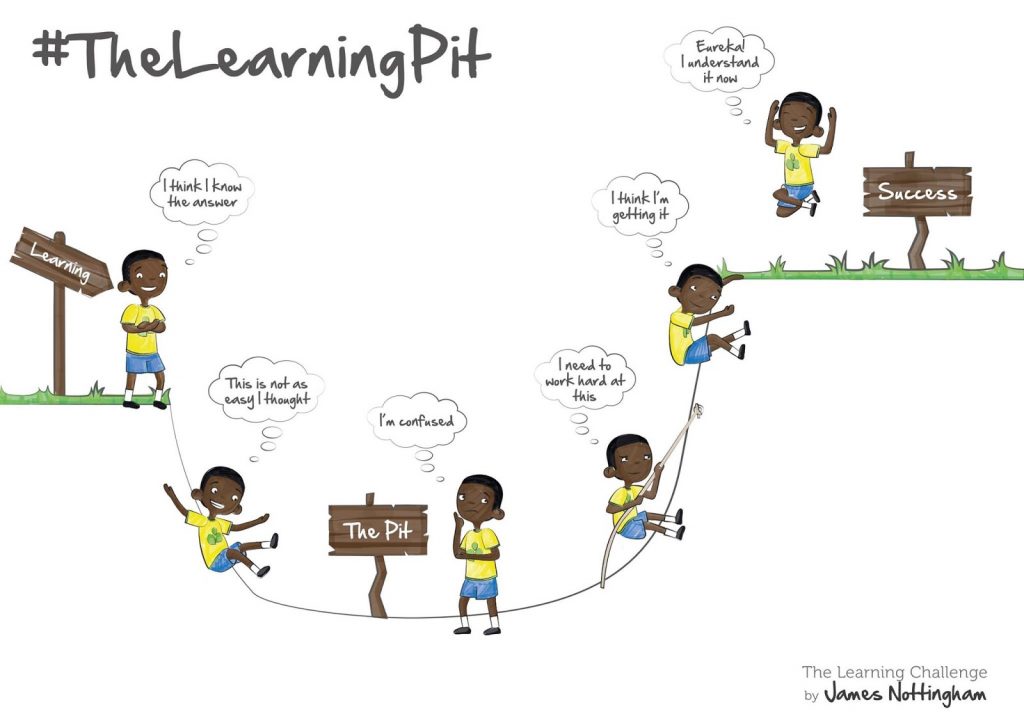 If we want to become a doctor, we’ll set out to learn everything about pre-med chemistry. If there are particular areas that are challenging or cause struggle, we’ll ask for extra help and spend more time on the puzzles until we figure out a way to do it.
If we want to become a doctor, we’ll set out to learn everything about pre-med chemistry. If there are particular areas that are challenging or cause struggle, we’ll ask for extra help and spend more time on the puzzles until we figure out a way to do it.
Some of the best hip-hop dancers, for example, don’t just naturally begin with their talent. (And talent is a tricky word and often not a helpful word.) While talent might be what you begin with, where you end up depends on your desire to learn, practice, and improve. Many of my favorite performers have spent hundreds of thousands of hours practicing, falling, tripping, and stumbling over routines until they mastered their moves.
How to adopt the growth mindset in your own life:
- Reward yourself for the process of working and learning, not the outcome…. such as working on challenging problems. Say to yourself “That was great — I really pushed myself and struggled with that for a while,” not “I’m such an idiot for not knowing this.
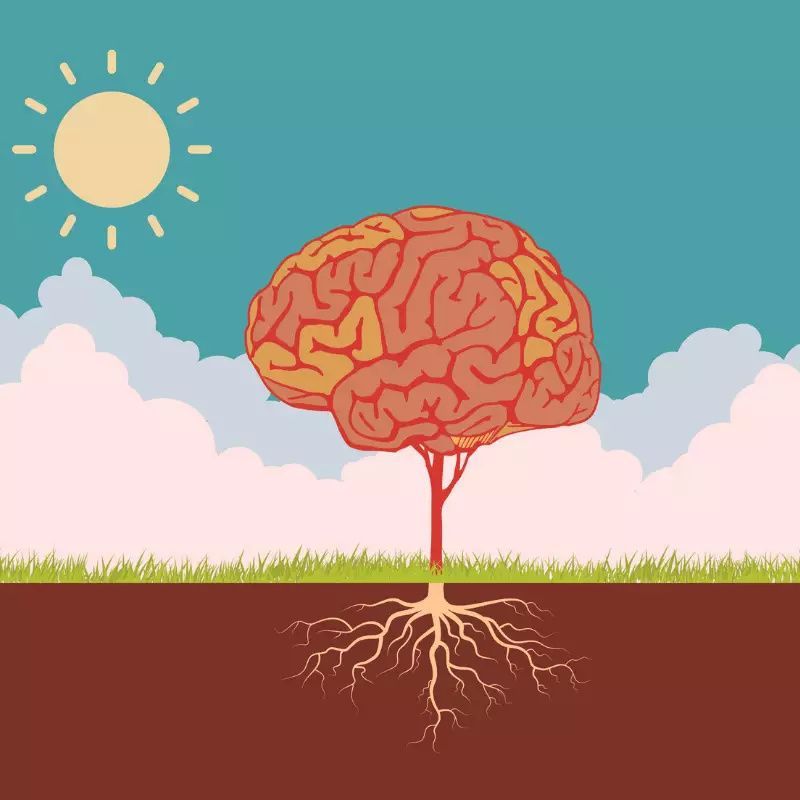 ”
” - When you successfully complete something, try out phrases that reward your ability to learn and grow, not your inherent success.
- Search for and look for things that challenge you, and find ways to enjoy the challenge.
- Don’t attribute your success or failure to inherent skills; instead, notice the hard work and effort involved in both.
- Record the entire process (struggle and all) and begin to link the struggle with the adventure of learning.
Learn how to learn by training your own growth mindset:
Luckily, the growth mindset can be learned, says Dweck. People with the growth mindset are constantly trying to improve. “They surround themselves with the most able people they can find, they look squarely at their own mistakes and deficiencies, and they ask frankly what skills they and the company will need in the future.”
As for me, back in graduate school, I was surrounded by people who were drawing every day, and I had to complete drawing assignments every day for several semesters.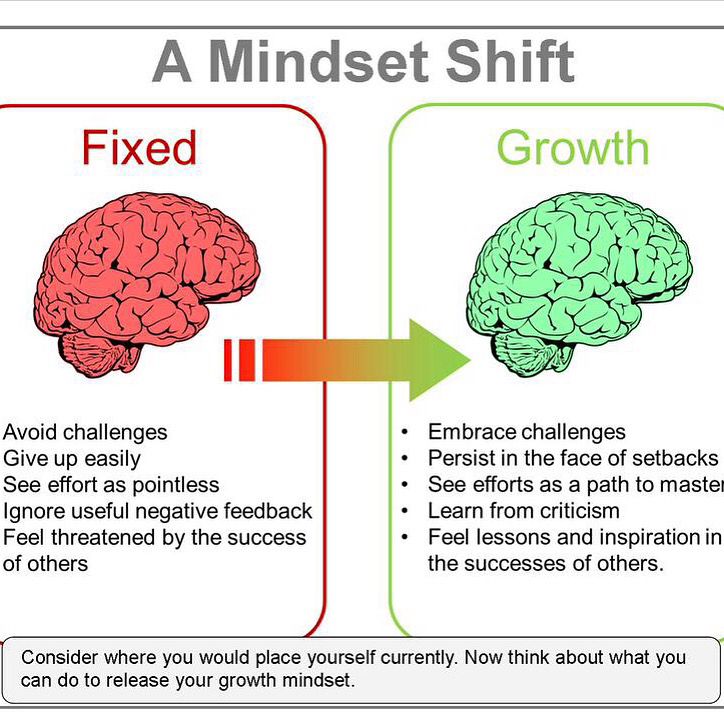 Over time, the gap between my skill and my taste began to close, and my drawings improved, bit by bit. (For the first year and a half, I thought I wouldn’t actually be able to master the skills to further my design career.)
Over time, the gap between my skill and my taste began to close, and my drawings improved, bit by bit. (For the first year and a half, I thought I wouldn’t actually be able to master the skills to further my design career.)
Then, about a year and a half in, I pinned a drawing up to the wall — a graphite still-life sketch. The teacher paused and said, “This one is not so bad — in fact, it has great linework in here, and we can work on the perspective over here…”
Today, a decade later, I still smile when people watch me draw and they tell me that I’m a natural. I think about the years it took for me to overcome my own beliefs and push my abilities, and how now I believe that anyone can learn anything. When people cough and say “I can’t draw,” I know for certain that yes, they too can learn to draw.
It might not be easy.
But everyone can learn.
| Main page CATEGORIES: Archeology TOP 10 on the site Preparation of disinfectant solutions of various concentrations Technique of the lower direct ball delivery. Franco-Prussian war (causes and consequences) Organization of the work of the treatment room Semantic and mechanical memorization, their place and role in the assimilation of knowledge Communication barriers and ways to overcome them Processing of reusable medical devices Samples of journalistic style text Four types of rebalancing Problems with answers for the All-Russian Olympiad in Law We will help you write your papers! DID YOU KNOW? The influence of society on a person Preparation of disinfectant solutions of various concentrations Practical work in geography for the 6th grade Organization of the work of the treatment room Changes in inanimate nature in autumn Treatment room cleaning Solfeggio. All rules for solfeggio Beam systems. | ⇐ PreviousPage 3 of 20Next ⇒ We have a choice between two life models. The shell symbolizes a person who misses the opportunity to expand his horizons. For this, he has to do the same thing all his life. Napoleon Hill once said: “Some people die early because they eat too much, others because they drink too much, and still others because; that there is really nothing left for them to do.” Those who want to lead the life of an eagle choose a difficult path for themselves. There is perhaps only one way to go down this road - to rejoice in the fact that we are learning and growing. The more we learn, the higher we grow, the freer we will become. All life's difficulties and problems should be considered as regular lessons. The life philosophy of ISID is based on four main principles: 1. Growth is in our genetic code. How to distinguish living from non-living? Everything that lives grows. 2. ISID is a basic human need. By observing children, we can understand how deeply rooted in our nature is the need to grow and learn throughout our lives. Toddlers are constantly exploring, learning and improving their abilities. At the same time, they are ready for any adventure and risk. Involuntarily, you will wonder where the children get so much energy for all this. Maybe people actually have extra energy when they strive to satisfy their needs? For comparison, look at adults who no longer grow and learn nothing. Although they strive to have the best time possible, few of them look happy. The reason is simple: if you stop growing and learning, life becomes empty and meaningless. Unmet needs take away our energy and cheerfulness. 3. There is not a single religion that does not set itself the goal of making a person better I am not talking here about religiosity as such, but about the fact that all world religions express the deepest needs and dreams of a person - about salvation, insight , light, peace, better life and love. But all this presupposes that man must change and grow. There is no religion that proclaims: "Stay as you are." 4. Any economic system and any company is based on one principle: there can be no stopping. A company either develops or weakens. Attempts to stay at a certain level lead to defeat in the fight against competitors. Any entrepreneur must learn and grow, otherwise he will become weaker and weaker. Edward Deming formulated the concept of quality as follows: "Quality is not the maintenance of any particular standard, but a living and dynamic process of continuous improvement." How can you be happy if you violate the law of life, the principle of evolution, act contrary to your needs, aspirations and economic expediency? Learning and growth are integral parts of the meaning of life. A constant decision You may get the impression that it is enough to make a choice in favor of this or that lifestyle once. In fact, we have to reinforce this decision once made every time. We must constantly force ourselves to read books, keep a diary, attend seminars, communicate with people from whom we can learn something. There are two reasons why people stop learning and growing. First, they think they can't get any better. In reality, there are no limits to learning and growth. Secondly, this is indifference. With all the seeming harmlessness, this is one of the greatest temptations for a person. If we do not constantly learn and grow, we will inevitably slide into a much lower standard of living. But the biggest danger lies in the thought: "A small step back cannot hurt." Frog trap What happens if you throw a frog into a pot of hot water? She immediately decides: “It's not comfortable here. Moral: much in life accumulates gradually. This happens, for example, with debts. If you woke up tomorrow and suddenly found that you had sixty-eight thousand euros in debt, this would certainly alarm you. But if events develop gradually - today nine euros, tomorrow fourteen - then we are tempted not to take all this seriously. But everything in life accumulates. And one fine day, debts no longer allow you to breathe freely. Would it bother you if you stepped on the scale tomorrow and found that you had put on thirty kilograms? Of course. But if you put on a kilogram this month, and another kilogram the next, then you perceive it not so tragically. Identification of long-term trends It would seem, what difference does it make whether we eat an apple today or a chocolate bar, read a good book or watch a soap opera on TV, save ten euros or spend them ... But in ten years you will obviously feel this difference. Chocolate, soap operas and spending money lead to obesity, shallowness and poverty. Fruit, good books, and savings lead to health, knowledge, and wealth. Nobody expects you to constantly make wise decisions. But life is the sum of all the decisions we make. Indifference here is a bad adviser. One father wanted to work quietly, but for this he had to think of his son with something for a while. What was his astonishment when, after a few minutes, his son returned with a correctly assembled map. The father could hardly believe it, but the son explained, “There was a photograph of a person on the back of the card. It was not difficult to fold it, and I decided that if this person was assembled correctly, then the world would be assembled correctly. This is the essence of ISID. We are made up of the sum of the decisions we make that determine what our future will be like. If we are composed correctly, then the world will be in order. Pat Riley The greatest coach in American basketball history was Pat Riley, who led the Los Angeles Lakers. In 1986, the team's players came to the conclusion that they had nowhere to grow further. But he persuaded them to improve the game by only one percent. One percent is a ridiculously small number. However, Riley did a little counting for the players. If twelve players improve their performance in the five components of the game by one percent, then the whole team will become sixty percent more efficient. He explained that perhaps ten percent would be enough to win the championship title, but just one percent for each is quite possible and will not require much effort. The players listened to the opinion of the coach and became champions in the same year. Let's say you decide to become one percent better in the five components of life - health, communication with other people, finances, emotions and work. If you do this every month for just one year, your efficiency will increase by sixty percent. ISID supports itself How do you learn self-discipline so that you can constantly learn and grow? The answer will probably surprise you: you need a magic potion. The secret of the power of Asterix and Obelix lies in a magical drink. Such a magic potion is the external environment, which (often subconsciously) influences us. Obelix is lucky. He was dropped into a cauldron of magic potion as a child. Therefore, from childhood he was an unsurpassed strongman. Asterix was less fortunate. He has to drink this magic potion every time in a difficult situation. The same thing happens to most of us. We constantly need the help of people who lead us by example, books that inspire us, diaries that allow us to better understand our own lives, learn from mistakes and build self-confidence, and workshops that show us new paths and give us new impulses. The more we learn and grow, the stronger the need to learn and grow becomes. She becomes a habit. In this way, ISID is self-supporting. Winners are inquisitive. They always want to get to know the person they want to be like. Winners use both praise and blame to learn and grow. The main thing is to find the right measure. In television shows, one who does not know the answer to a question does not advance to the next round. It's the same in life. For the winners, ISID means that every year there is less of the person they used to be and more of the person they want to be. Practice Exercises Today I will strengthen my habit of constantly learning and growing by making a promise to myself to do the following: 1. I will read at least two smart books every month. Eventually, I will read two of these books a week. 2. I will think about which seminar I should sign up for. 3. Along with the "success diary" I will keep two more - "cognition diary", where I will write down my mistakes and the lessons that I sculpt from them, and "ideas diary", where I will enter my ideas. 4. I will make a list of ten people I can learn from and would like to meet. 5. I am determined to read one chapter of this book every day. Law No. 3 ⇐ Previous12345678910Next ⇒ See also: How to listen correctly to an interlocutor Typical mistakes when shooting basketball The adoption of Christianity in Rus' and its significance US media |
| This page was last modified: 2016-09-05; views: 817; Page copyright infringement; We will help you write your paper! infopedia.su All materials presented on the site are for informational purposes only and do not pursue commercial purposes or copyright infringement. Feedback - 176. | We have a choice between two life models. The shell symbolizes a person who misses the opportunity to expand his horizons. For this, he has to do the same thing all his life. Napoleon Hill once said: “Some people die early because they eat too much, others because they drink too much, and still others because; that there is really nothing left for them to do.”

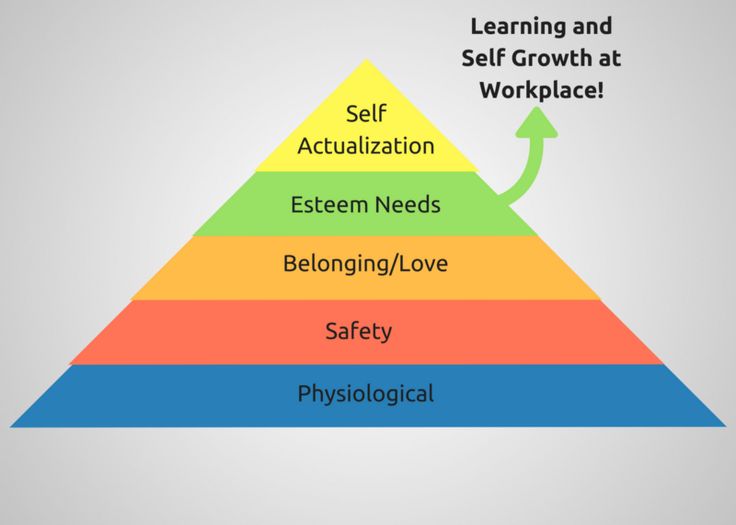
 Determination of support reactions and pinching moments
Determination of support reactions and pinching moments 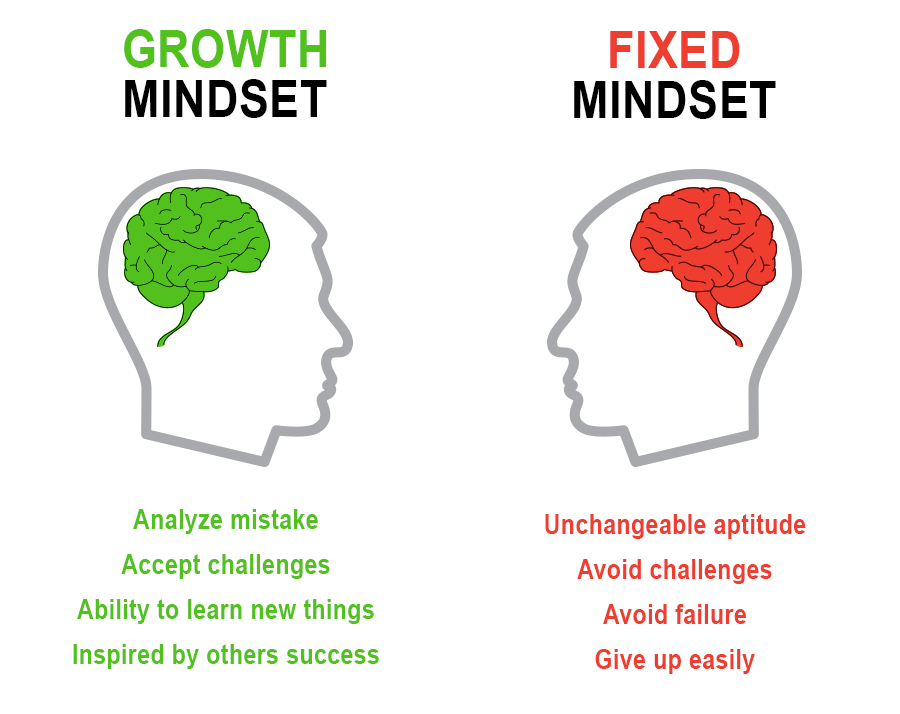 This is what distinguishes the stone from living coral. When growth and change cease, death occurs. Thus, growth is a property of life. However, in this case we are talking not just about growth, but about purposeful evolution. This growth is aimed at developing and increasing vitality.
This is what distinguishes the stone from living coral. When growth and change cease, death occurs. Thus, growth is a property of life. However, in this case we are talking not just about growth, but about purposeful evolution. This growth is aimed at developing and increasing vitality. 
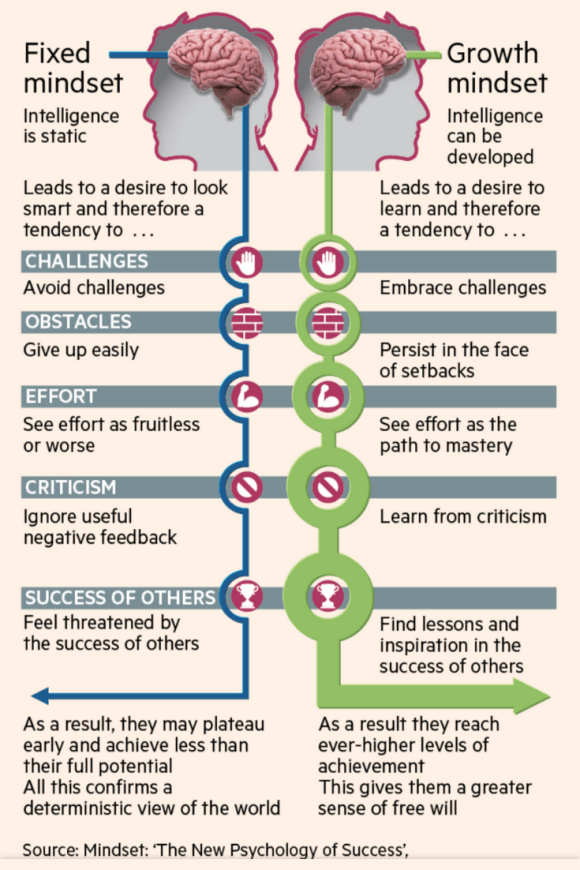 No amount of miracles and potions will give us what we can achieve with the PIIR principle.
No amount of miracles and potions will give us what we can achieve with the PIIR principle. 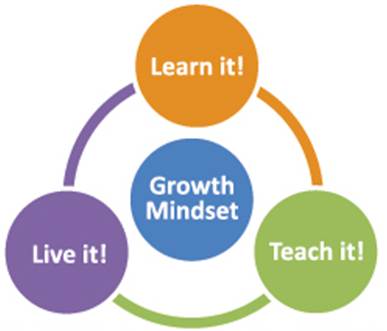 We need to move quickly." And immediately pops up. But what if the same frog is put in a pot of cold water, put on the stove and gradually heated? The frog will relax. Of course, she will notice that it is getting warmer, but she will think, "A little extra heat will not hurt." And it will all end with the fact that she boils.
We need to move quickly." And immediately pops up. But what if the same frog is put in a pot of cold water, put on the stove and gradually heated? The frog will relax. Of course, she will notice that it is getting warmer, but she will think, "A little extra heat will not hurt." And it will all end with the fact that she boils. 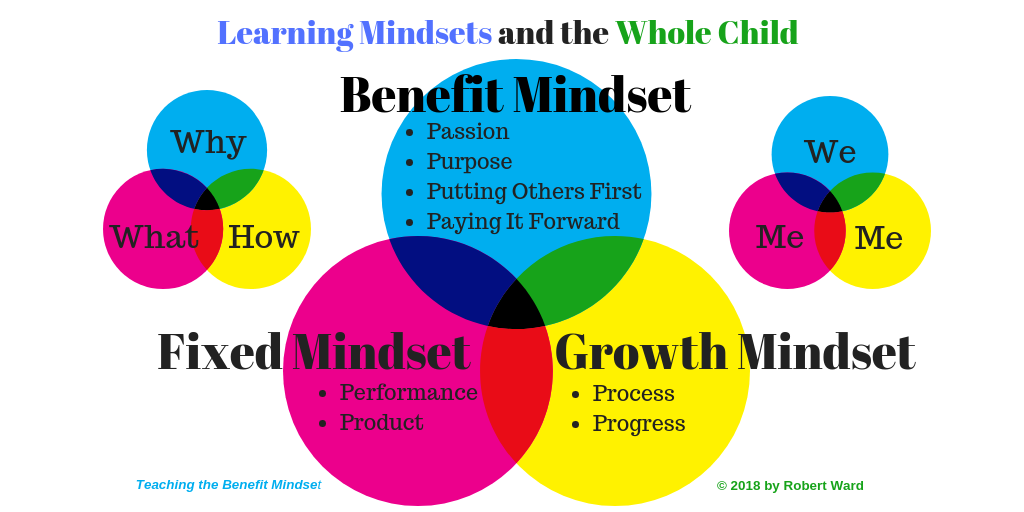 Think of the frog and think about trends. Don't underestimate the little things. They are constantly accumulating. Any little thing either brings us closer to the goal, or moves us away from it. There is no neutral position. Therefore, you should always ask yourself the question: “In which direction am I moving?”
Think of the frog and think about trends. Don't underestimate the little things. They are constantly accumulating. Any little thing either brings us closer to the goal, or moves us away from it. There is no neutral position. Therefore, you should always ask yourself the question: “In which direction am I moving?”  He found a map of the world in some magazine, tore it to shreds and offered his son to collect it again.
He found a map of the world in some magazine, tore it to shreds and offered his son to collect it again. 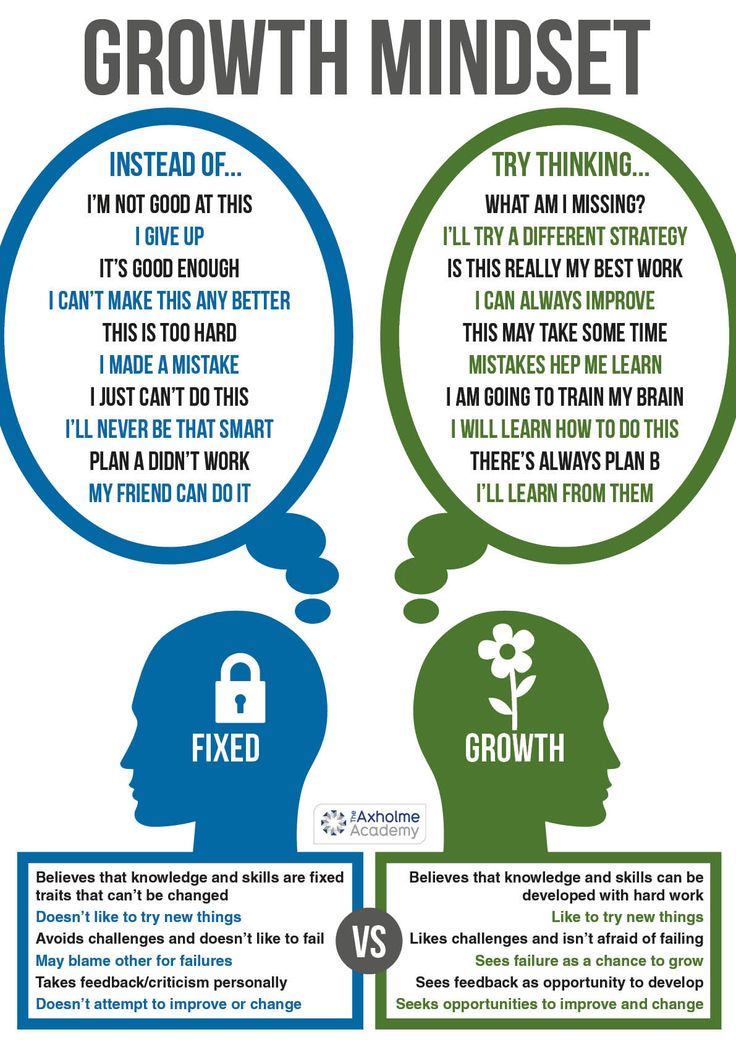
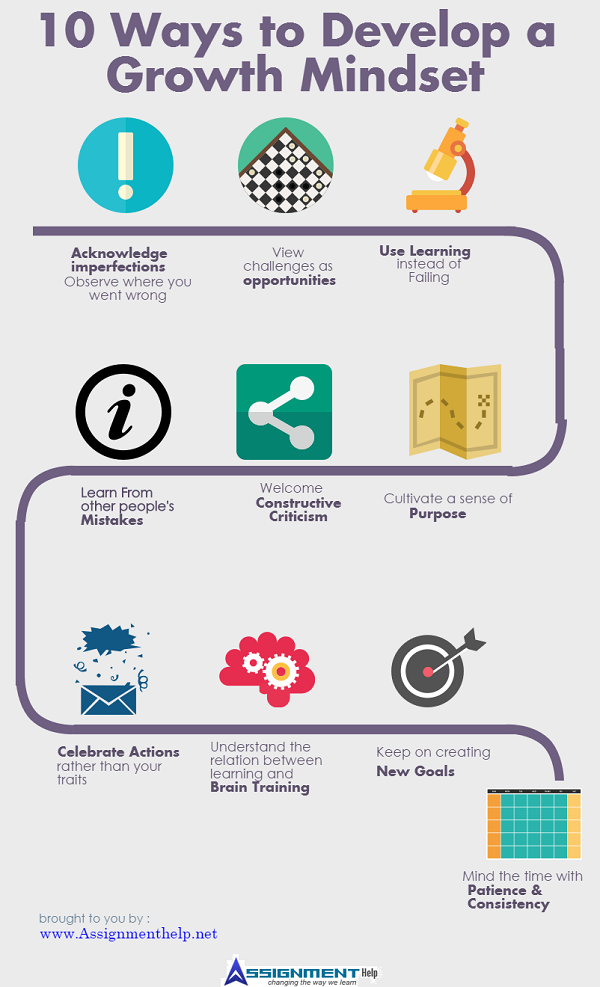 It largely determines what decisions we make every day. But we are also influenced by the books we read to them, and the diaries we write, and the seminars we attend.
It largely determines what decisions we make every day. But we are also influenced by the books we read to them, and the diaries we write, and the seminars we attend. 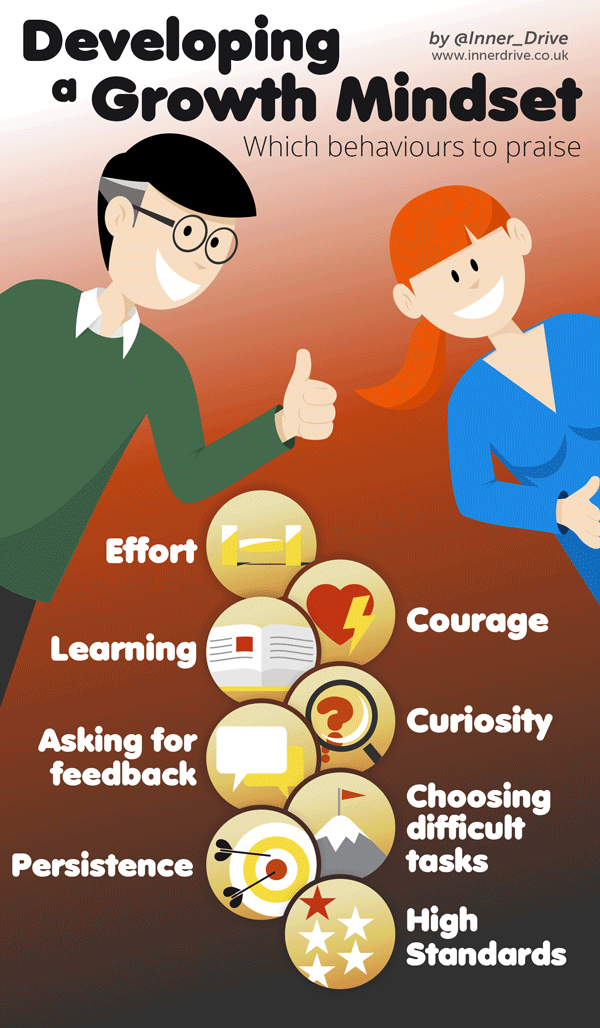 Of course, they like praise, but not excessively. Reprimanding them is unpleasant, but not enough to give up.
Of course, they like praise, but not excessively. Reprimanding them is unpleasant, but not enough to give up. 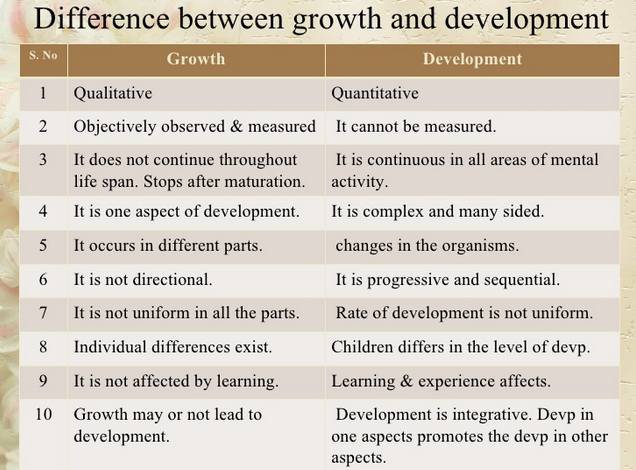
 57.188.101 (0.005 s.)
57.188.101 (0.005 s.)  Thus, growth is a property of life. However, in this case we are talking not just about growth, but about purposeful evolution. This growth is aimed at developing and increasing vitality.
Thus, growth is a property of life. However, in this case we are talking not just about growth, but about purposeful evolution. This growth is aimed at developing and increasing vitality.  But all this presupposes that man must change and grow. There is no religion that proclaims: "Stay as you are."
But all this presupposes that man must change and grow. There is no religion that proclaims: "Stay as you are."  In fact, we have to reinforce this decision once made every time.
In fact, we have to reinforce this decision once made every time.  Of course, she will notice that it is getting warmer, but she will think, "A little extra heat will not hurt." And it will all end with the fact that she boils.
Of course, she will notice that it is getting warmer, but she will think, "A little extra heat will not hurt." And it will all end with the fact that she boils. 

